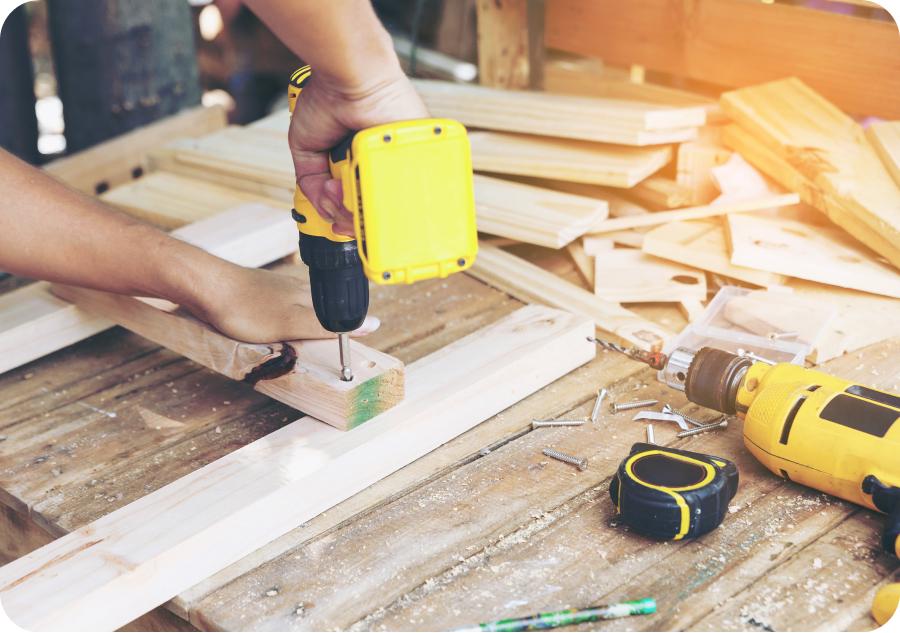Residents completing their own work orders

The DIY Dilemma: When to Empower Residents and When to Send in the Pros
In the age of YouTube tutorials and DIY home improvement shows, many residents are eager to tackle maintenance tasks themselves. While this can lead to cost savings and a sense of empowerment for residents, it also raises concerns about liability and potential property damage. So, how do multifamily property owners, managers, and maintenance staff navigate this DIY dilemma?
Pros and Cons of Resident DIY Maintenance
Let's weigh the advantages and disadvantages of encouraging resident DIY maintenance:
Pros:
- Cost Savings: For minor repairs, residents handling tasks themselves can reduce maintenance costs for the property.
- Resident Empowerment: DIY projects can foster a sense of ownership and pride among residents, potentially leading to increased satisfaction.
- Reduced Workload for Maintenance Staff: Freeing up maintenance staff from minor tasks allows them to focus on more complex and pressing issues.
Cons:
- Liability: If a resident is injured while performing a DIY repair, the property owner could be held liable.
- Property Damage: Improperly executed DIY projects can lead to further damage, potentially increasing repair costs in the long run.
- Safety Concerns: Certain maintenance tasks involve electrical or plumbing work, which can be dangerous if not handled by a qualified professional.
Setting Clear Guidelines
To mitigate risks and ensure resident safety, it's crucial to establish clear guidelines for DIY maintenance. Here are some factors to consider when determining which tasks are suitable for residents:
- Complexity: Simple tasks like changing air filters or unclogging drains are generally safe for residents. Complex electrical or plumbing work should be left to the professionals.
- Safety: Any task that involves potential hazards (e.g., working at heights, using power tools) should be restricted to qualified maintenance personnel.
- Liability: Property owners should consult with legal counsel to determine which tasks carry a higher risk of liability.
Empowering Residents for Basic Maintenance
For tasks that are deemed suitable for residents, provide them with the resources and training they need to succeed:
- Resident Handbooks: Include clear instructions and diagrams for basic maintenance tasks in the resident handbook.
- Online Resources: Create a dedicated section on the property website with instructional videos and FAQs.
- Training Workshops: Offer periodic workshops on basic maintenance skills, such as unclogging drains or replacing light fixtures.
Communication is Key
Open and transparent communication is essential for ensuring resident safety and preventing property damage.
- Encourage Communication: Let residents know they can always reach out to the maintenance team for guidance or assistance.
- Provide Emergency Contact Information: Make sure residents have access to emergency contact information in case of accidents or unexpected complications.
- Conduct Regular Inspections: Schedule periodic inspections of resident-maintained areas to identify and address any potential issues early on.
By empowering residents for basic tasks and setting clear boundaries for more complex repairs, you can foster a sense of community while protecting both residents and your property.